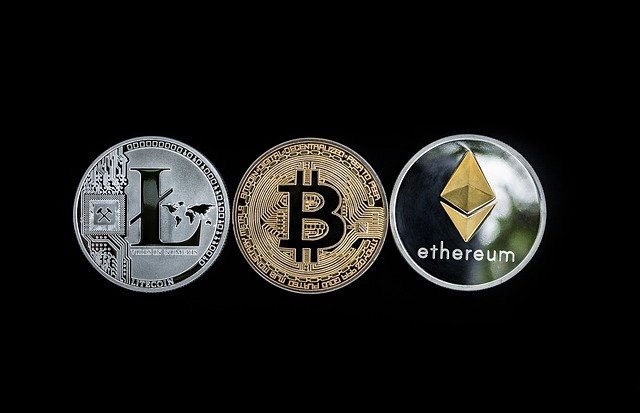Understanding the complex and fast-moving world of cryptocurrencies, decentralized networks, and blockchain is notoriously difficult. By its very nature, this innovative technology is completely different from our current understanding of what a digital network is and takes time to fully comprehend.
The further down the crypto rabbit hole you delve, the more you realize that it has the potential to reshape our relationship with fundamental concepts like currency, financial value, and digital communities, not to mention basic democracy, truth, and law.
Of course, when tackling such a mind-bending subject, it is best to start with the most popular crypto projects – such as Ethereum.
While Bitcoin is the largest decentralized network by market capitalization and enjoys mainstream fame, Ethereum is only occasionally mentioned, despite being by quite a margin the second largest crypto network in existence.
Once you understand more about Ethereum and how it operates, you will stand a far better chance of developing your knowledge base of the crypto ecosystem.
This is a quick explanation of how Ethereum works:
What is Ethereum?
Ethereum is an open-source and decentralized blockchain network that uses the ETH token to power it.
The Ethereum network is decentralized because it doesn’t actually exist – at least not in one place. Unlike other digital networks that can be sourced to single batches of servers and are directly policed by their engineers, the Ethereum network exists on countless thousand computers worldwide, otherwise referred to as nodes.
These nodes ensure the network stays online, making Ethereum incredibly difficult to attack, tamper with, or censor. After all, the network will technically exist unless you destroy every single node.
In layman’s terms, Ethereum can be viewed as a huge digital ecosystem with its own internal economy. The ETH token serves as the currency, and there are countless projects built on top of the base layer – including Metaverse projects, decentralized finance, NFT markets, and games.
Of course, as a result of this huge popularity and market cap within the crypto sphere, ETH is widely regarded as a desirable cryptocurrency to trade and invest in. If you are interested in monitoring the price of ETH, check out an Ethereum live price index.
Is Ethereum the same as Bitcoin?
In short? No.
While many casual observers perceive Bitcoin and Ethereum to be direct rivals (and thus taking Bitcoin’s far larger market share as an indication that it has won), this is inaccurate and slightly unfair to Ethereum.
The two decentralized networks fulfill two separate purposes. While Bitcoin can be perceived as the future of currency, a store of value, and a store of energy, Ethereum could be seen as the future of the internet.
Although this is a generalization, it highlights just how different the two largest cryptocurrencies are.
This is why Ethereum’s ‘weaknesses’ compared to Bitcoin are not weaknesses and vice versa. For example, Ethereum uses a Proof of Stake consensus mechanism rather than Bitcoin’s Proof of Work. Members of the crypto community argue about which is better, but ultimately, they fulfill different use cases.
How does the underlying network operate?
Rather than relying on third parties to form decisions and ensure the network is functioning correctly, Ethereum uses smart contracts. These contracts essentially place an agreement between two parties into code, thereby sealing it forever.
The network will then form a consensus to act on that agreement, thereby ensuring it is valid without needing a third party.



